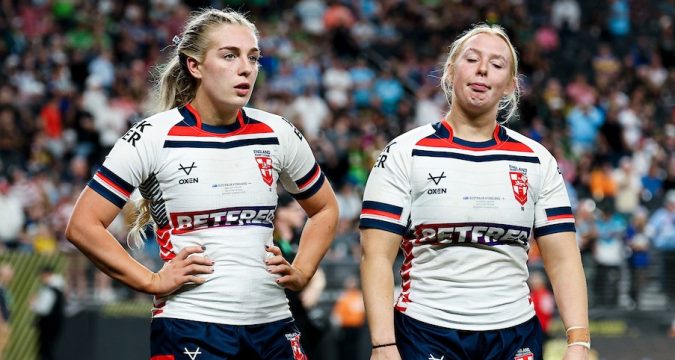 WHAT’S next for women’s rugby league in England?
That was the big question being asked after an otherwise successful, enjoyable and enthralling weekend in Las Vegas.
Two entertaining NRL games, plus seeing Wigan Warriors put on a show of fast-paced and expansive rugby, all mixed together with the glitz and razzmatazz that Sin City has to
WHAT’S next for women’s rugby league in England?
That was the big question being asked after an otherwise successful, enjoyable and enthralling weekend in Las Vegas.
Two entertaining NRL games, plus seeing Wigan Warriors put on a show of fast-paced and expansive rugby, all mixed together with the glitz and razzmatazz that Sin City has to Page XIII: Central contracts and long-term strategy needed for England’s women after Vegas low
 WHAT’S next for women’s rugby league in England?
That was the big question being asked after an otherwise successful, enjoyable and enthralling weekend in Las Vegas.
Two entertaining NRL games, plus seeing Wigan Warriors put on a show of fast-paced and expansive rugby, all mixed together with the glitz and razzmatazz that Sin City has to
WHAT’S next for women’s rugby league in England?
That was the big question being asked after an otherwise successful, enjoyable and enthralling weekend in Las Vegas.
Two entertaining NRL games, plus seeing Wigan Warriors put on a show of fast-paced and expansive rugby, all mixed together with the glitz and razzmatazz that Sin City has to 
